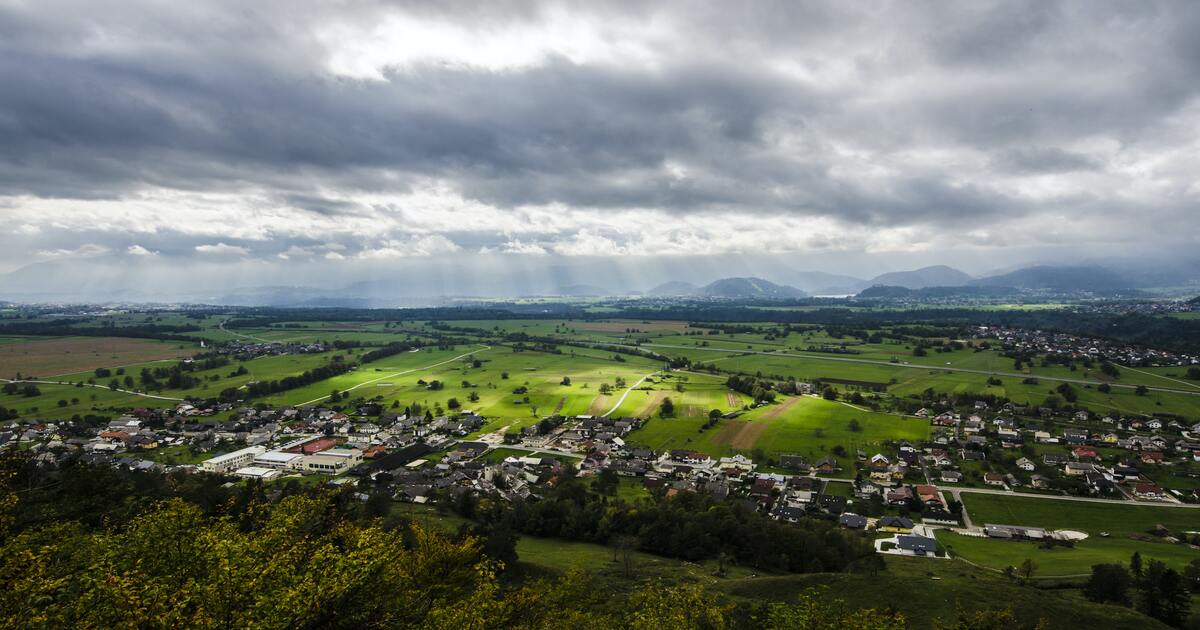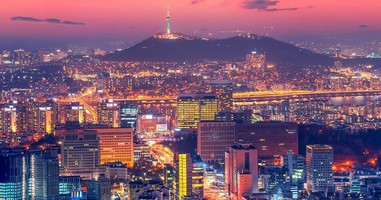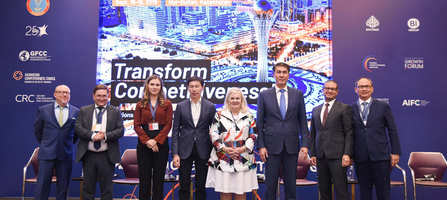
Blogs
Still concentration?
May 5, 2020


Maksat Tursynov
Analyst
The further development of our country will be focused on the "growth zones". At least this principle is maintained by the editorial board of the Strategic Development Plan of the RoK until 2025, approved in 2018, as well as the Forecast Plan of territorial and spatial development of the country until 2030 of the last year model.
Growth zones are defined as administrative territories that have significant financial, labor, and production resources in a parallel comparison. Why parallel? Because in addition to traditional agglomerations (cities of Nur-Sultan, Almaty, Shymkent, Aktobe) and the so called functional urban areas (regional centers and Semey + nearby cities and villages), this category includes rural settlements (hereinafter referred to as RS), known as the supporting localities. And if with the first two everything is somehow clear, the countryside is not so clear.
Despite the fact that the growth zones are the supporting RS, all of them (although not always) are in conjunction with nearby villages, called satellites. Together, they form a list of prospective RS, villages with high development potential. There are about 3,500 of them in the country, where more than 85% of the rural population currently lives (the list is periodically amended). It is these villages that should ensure an acceptable quality of life for citizens, which will be supported by a massive amount of funding for the "Auyl - El Besigi" project (more than 900 billion tenge until 2027; hereinafter - AEB), aimed at implementing social and engineering infrastructure projects. In addition to AEB, projects are financed from the republican budget through other state programs (Nurly Zher, Nurly Zhol, etc.).
Such measures fully justify the ultimate goal – to concentrate financial, human and production resources in the growth zones (an acceptable level of infrastructure will pull up both people and businesses). The measures are quite logical, with a hint of following the principles of pragmatism, but, as always, the point is in the details.
Details are in the linkages. The regional development program until 2025 expresses the concept of quality of life through a System of regional standards. The system defines the basic/minimum set of objects and services for localities at different levels (city, regional center, rural district center, and other villages). So, for a city, the list consists of 51 items, while for an ordinary village, it is limited to 12. For the rural district centers, which are all the support villages (except regional centers), but not all are the satellites, the list includes 21 points. In other words, the quality of life is not identical for all prospective RS. Moreover, there is a possible conflict in the understanding of certain objects/services.
Let's take an example. One of the points for the rest of the RS is a paved road to the rural district center. The object is definitely necessary , however, if we assume a situation where for a certain satellite village, the center of the rural district is not the reference village to which it was assigned, then the question arises: where should the road be laid? Linkages between satellite and reference villages were built on the principle of the closest distance, i.e. the satellite villages are located no further than 10-15 km. The question arises, what to do in a situation where two villages are the subjects of different rural administrative divisions (districts)? In this case, who is the final administrator of the road reconstruction project?
And after all, such controversial cases arise not only in the System of Regional Standards.
Another link is AEB and infrastructure development programs. These programmes clearly identify targets: access to water supply services, reduction of network wear-out, share of roads in good condition, etc. Recently, there has been some rethinking of such indicators for rural areas. For example, if earlier the provision of centralized water supply was measured by the share of villages covered, in the new program "Nurly Zher" the unit of measurement was changed to the share of the population, which, by the way, allowed to increase the coverage from 60 to about 90%. The target value by 2025 is 100%. We would like to remind you that about 85% of the rural population now lives in prospective villages. Is it planned to provide other villages with water supply (which is clearly not a priority in the allocation of resources), or to move people from unpromising to supporting and satellite ones? The second seems more rational, taking into account the direct message of the authorities to concentrate all resources. However, is there a program to encourage residents of such villages to move within the region? In addition to a couple of paragraphs in the "Enbek" State program for the development of productive employment and mass entrepreneurship, there is no other mention (the program for relocation from the southern regions has a slightly different meaning).
Another example is bringing 95% of the roads in the region to good and satisfactory condition. How will the 95% indicator be achieved? Through universal coverage of all villages by normal roads or de-listing those that lead to unpromising villages? After all, logically, s it necessary to build a road to whence people will leave sooner or later? The same question applies to water supply.
The above-stated is not intended to criticize government programmes, but only to highlight the vagueness of the plans of the higher authorities for ordinary observers. On the one hand, the course is to concentrate resources in certain localities, but on the other hand, to meet all needs everywhere. The greatest danger in this scenario is the risk of spending money where it will not be necessary in the future. And our society cannot afford to spread out resources, especially in the reality of contemporary times.
all publications











